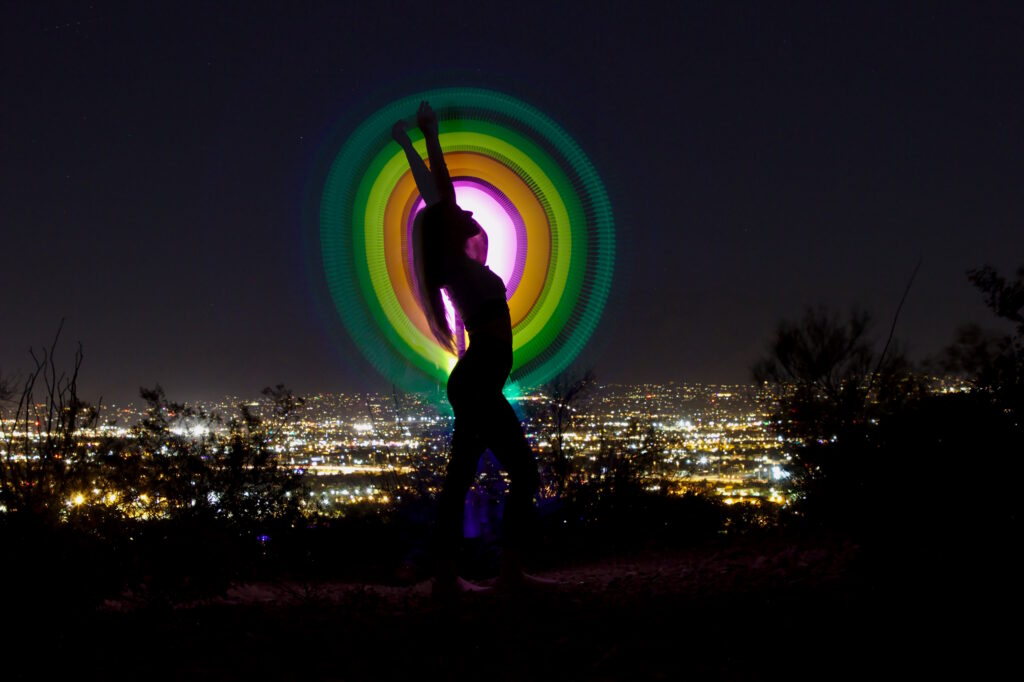Understanding how light affects photography is essential for anyone looking to master the art of capturing stunning images. Light, in its various forms and intensities, is the primary component that influences the mood, clarity, and quality of photographs. Whether you are using natural or artificial light, the way it interacts with your subject can dramatically alter the outcome of your shots. This comprehensive guide explores the profound impact of light on photography, providing you with valuable insights and practical tips to enhance your photographic skills.
Introduction
In the realm of photography, light is more than just an element; it is the essence of the craft. From the early morning golden hours to the stark contrasts of midday sun, and the soft hues of dusk, light dictates the tone and feel of an image. This article delves into the various aspects of light in photography, offering guidance on how to harness it to your advantage.
The Role of Light in Photography
Light is the foundation of photography, determining the exposure, color, texture, and mood of your photos. Proper lighting can transform an ordinary scene into a captivating masterpiece. Conversely, poor lighting can render a potentially great shot dull and lifeless. By mastering the use of light, photographers can manipulate and enhance their images to achieve the desired artistic effect.
Types of Light in Photography
Natural Light
Natural light, derived from the sun, is a versatile and widely used light source in photography. It varies throughout the day, offering different qualities of light that can be used creatively.
- Golden Hour: The period shortly after sunrise and before sunset, known for its soft, warm light that adds a magical quality to photos.
- Blue Hour: The twilight period before sunrise and after sunset, providing a cool, serene light that is ideal for landscapes and cityscapes.
- Midday Sun: Known for its harsh, direct light, often causing strong shadows and high contrast. While challenging, it can be used effectively with the right techniques.
Artificial Light
Artificial light sources, such as studio lights, LED panels, and flash units, offer controlled lighting conditions, allowing photographers to create specific effects regardless of the time of day or weather conditions.
- Continuous Lighting: Provides a constant light source, making it easier to see the effects of lighting in real-time.
- Flash Lighting: Delivers a burst of light, useful for freezing motion and illuminating subjects in low-light conditions.
- Softboxes and Umbrellas: Modify and diffuse light, reducing harsh shadows and creating a softer, more even illumination.
Lighting Techniques and Their Impact
Direction of Light
The direction from which light falls on the subject significantly affects the appearance of the photograph.
- Front Lighting: Illuminates the subject from the front, reducing shadows and highlighting details. It is ideal for portrait photography but can sometimes result in flat-looking images.
- Side Lighting: Adds depth and dimension by creating shadows on one side of the subject. It emphasizes textures and shapes, making it perfect for creating dramatic effects.
- Back Lighting: Illuminates the subject from behind, creating silhouettes and halos around the subject. It is excellent for creating a sense of depth and mystery.
Quality of Light
The quality of light refers to its softness or hardness, influencing the mood and clarity of the photograph.
- Soft Light: Produces gentle shadows with gradual transitions, creating a flattering and natural look. It is achieved through diffusing light sources or shooting during overcast weather.
- Hard Light: Creates sharp, defined shadows with high contrast. It is often used to convey drama and intensity in an image.
Color Temperature
Color temperature, measured in Kelvin (K), affects the overall tone of the photograph. Different light sources emit different color temperatures, influencing the warmth or coolness of the image.
- Warm Light: Typically ranges from 2000K to 3000K, producing a yellowish hue that conveys warmth and comfort.
- Cool Light: Ranges from 5000K to 6500K, resulting in a bluish tone that suggests coolness and tranquility.
Practical Tips for Using Light in Photography
- Utilize Reflectors and Diffusers: Reflectors bounce light onto the subject, filling in shadows and adding brightness. Diffusers soften harsh light, reducing shadows and glare.
- Experiment with Angles: Changing the angle of light can dramatically alter the appearance of your subject. Try different positions to see how shadows and highlights shift.
- Adjust White Balance: Ensure accurate color representation by adjusting the white balance settings on your camera to match the light source.
- Embrace Natural Light: Use natural light to your advantage by shooting during the golden or blue hours. Overcast days provide even, diffused light that is ideal for portraits.
- Control Artificial Light: Experiment with different types of artificial light and modifiers to achieve the desired effect. Continuous lighting is great for beginners, while flash units offer versatility for more advanced techniques.
The Psychological Impact of Light in Photography
Light not only affects the technical aspects of a photograph but also its emotional impact. Bright, well-lit photos often evoke feelings of happiness and clarity, while darker, shadowy images can convey mystery or melancholy. Understanding the psychological effects of light allows photographers to create images that resonate emotionally with viewers.
Advanced Lighting Techniques
High-Key and Low-Key Lighting
- High-Key Lighting: Involves using bright, even light to eliminate shadows and create a light, airy feel. It is commonly used in fashion and product photography to convey a clean, modern look.
- Low-Key Lighting: Uses minimal light to create deep shadows and high contrast, resulting in a moody and dramatic effect. It is often used in portraiture and fine art photography to highlight the subject’s features and expressions.
Light Painting
Light painting is a creative technique where photographers use a light source to “paint” or illuminate parts of a scene during a long exposure. This method allows for unique and artistic effects that are not achievable with traditional lighting.
How Light Affects Photography: A Personal Perspective
As a photographer, my journey with light has been one of continuous learning and experimentation. I recall my early days of struggling with harsh midday sun, only to discover the magic of the golden hour. Through trial and error, I learned to manipulate both natural and artificial light to create images that tell a story and evoke emotions. Every photo is a testament to the transformative power of light, and the endless possibilities it offers to those who dare to explore its potential.
FAQs
What is the best time of day for natural light photography?
The best time of day for natural light photography is during the golden hour, which occurs shortly after sunrise and before sunset. The light is soft, warm, and creates beautiful shadows, making it ideal for capturing stunning images.
How can I avoid harsh shadows in my photos?
To avoid harsh shadows, use diffused light sources such as softboxes or shoot during overcast weather. Reflectors can also help by bouncing light onto the subject and filling in shadows.
What is the difference between soft light and hard light?
Soft light produces gentle shadows with gradual transitions, resulting in a natural and flattering look. Hard light creates sharp, defined shadows with high contrast, often used for dramatic and intense effects.
How does backlighting affect a photograph?
Backlighting illuminates the subject from behind, creating silhouettes and halos around the subject. It adds depth and can produce a sense of mystery and drama in the photograph.
What are some common mistakes to avoid with artificial lighting?
Common mistakes with artificial lighting include using light sources that are too harsh, not adjusting the white balance, and failing to experiment with different angles and modifiers to achieve the desired effect.
Why is understanding light important in photography?
Understanding light is crucial in photography because it affects the exposure, color, texture, and mood of the photos. Mastering light allows photographers to create compelling images that capture the essence of their subject and convey the intended emotion.
Conclusion
Light is the cornerstone of photography, shaping every aspect of an image. By understanding how light affects photography, photographers can harness its power to create stunning, emotive, and technically excellent photographs. Whether using natural light or artificial sources, the key lies in experimentation, observation, and a willingness to push the boundaries of creativity. Embrace the transformative potential of light, and watch as your photography reaches new heights.

